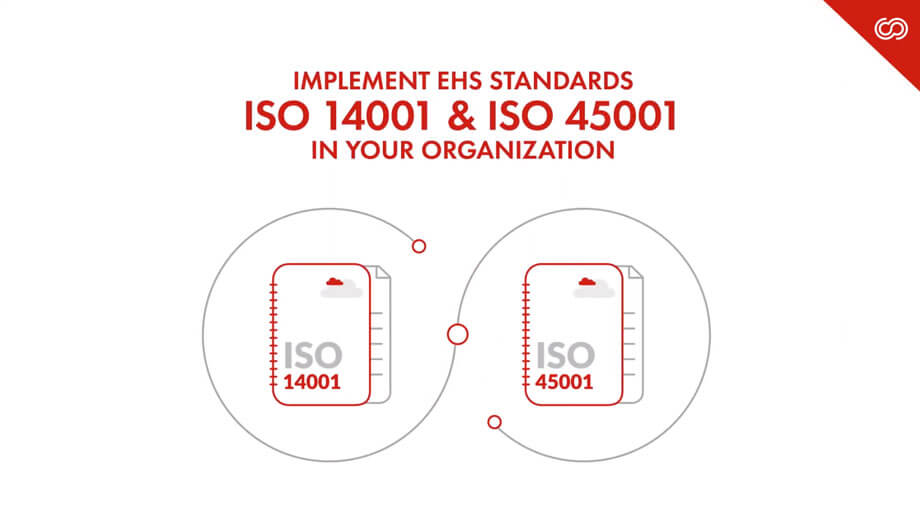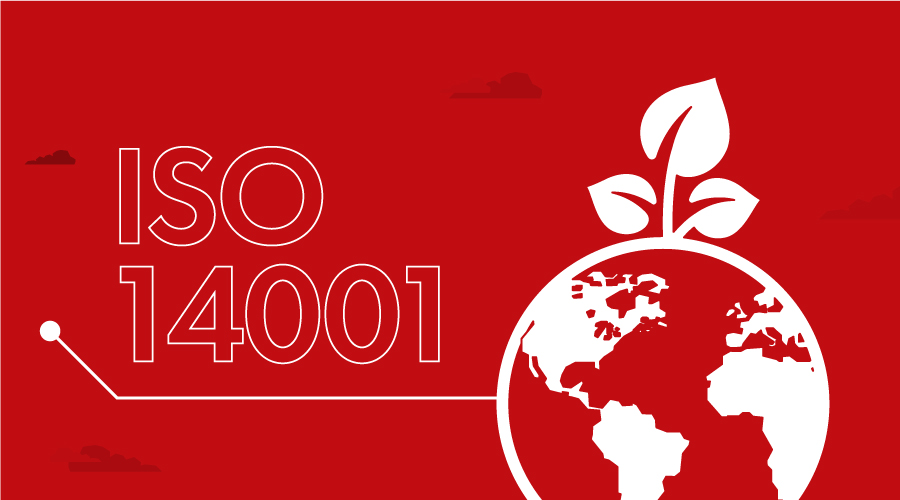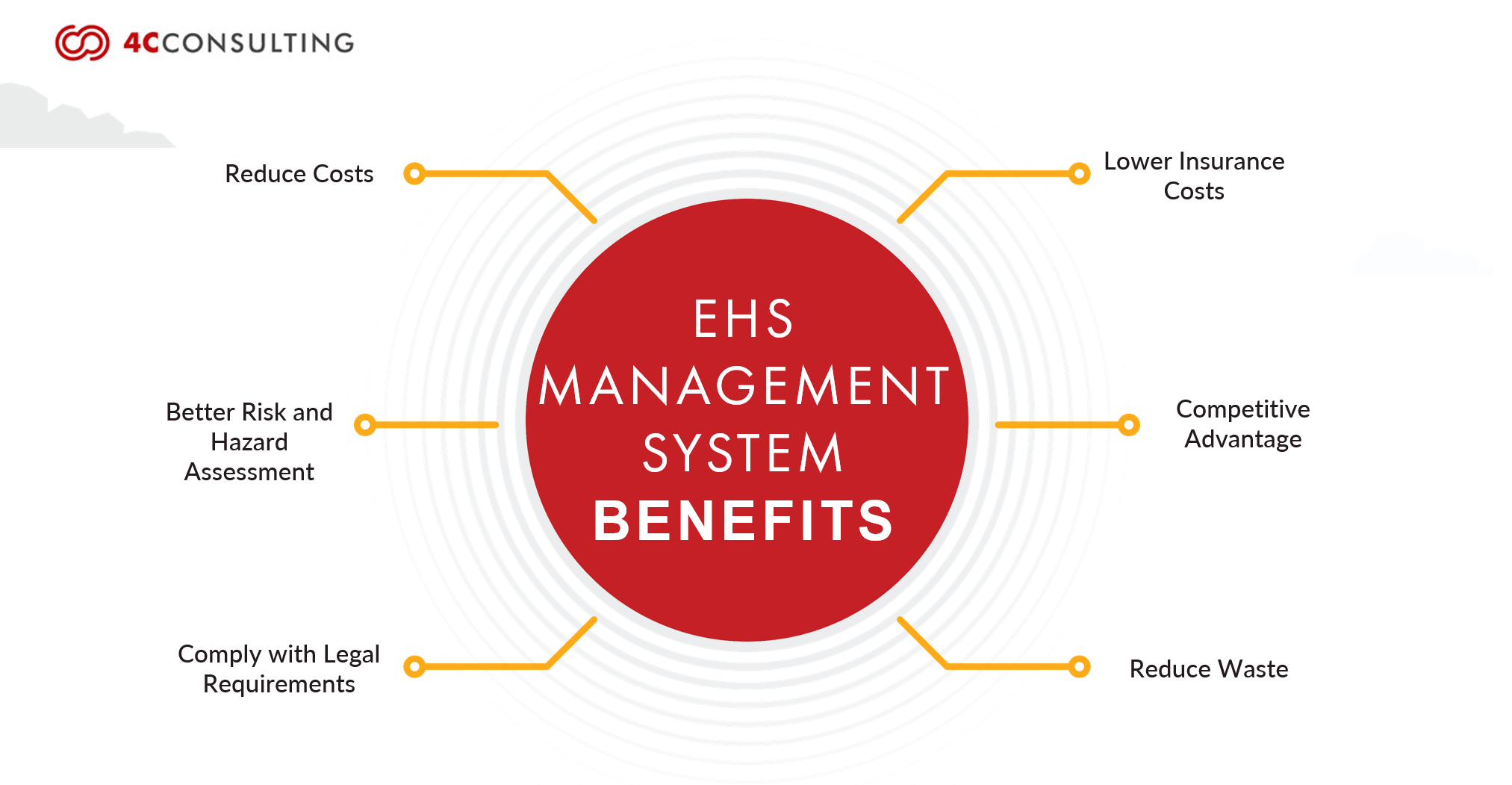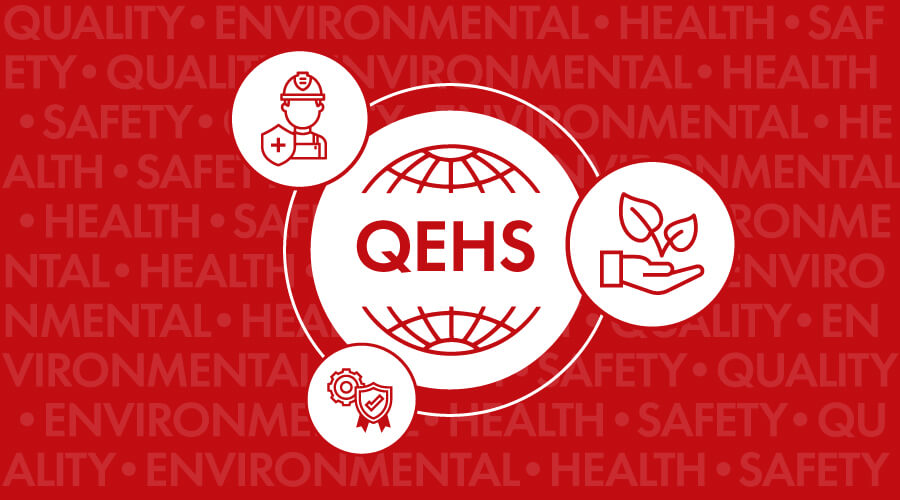
Frequently Asked Questions on 14001:2015
Implementing ISO 14001 helps organizations improve their environmental performance and comply with legal and regulatory requirements. It provides a framework for identifying and managing environmental impacts, setting objectives, and achieving continuous improvement. Additionally, ISO 14001 enhances the organization's reputation, reduces risks, and increases cost savings through efficient resource management.
ISO 14001 requirements :
- Establish and communicate an environmental policy
- Identify environmental aspects and impacts
- Comply with applicable environmental legal and other requirements
- Establish environmental objectives and targets
- Implement an environmental management program
- Monitor and measure environmental performance
- Conduct periodic reviews
- Continually improve environmental performance
An EMS (Environmental Management System) standard is a set of guidelines and requirements that an organization can follow to establish an effective approach to managing its environmental impact. The most widely recognized EMS standard is ISO 14001, which helps organizations to manage their environmental responsibilities systematically and effectively.
ISO 14001 is the internationally recognized standard for Environmental Management Systems (EMS). It provides a framework for organizations to manage their environmental impact, minimize waste and pollution, and comply with environmental regulations. By implementing ISO 14001, organizations can identify and control their environmental risks, improve their environmental performance, and demonstrate a commitment to sustainability.









































